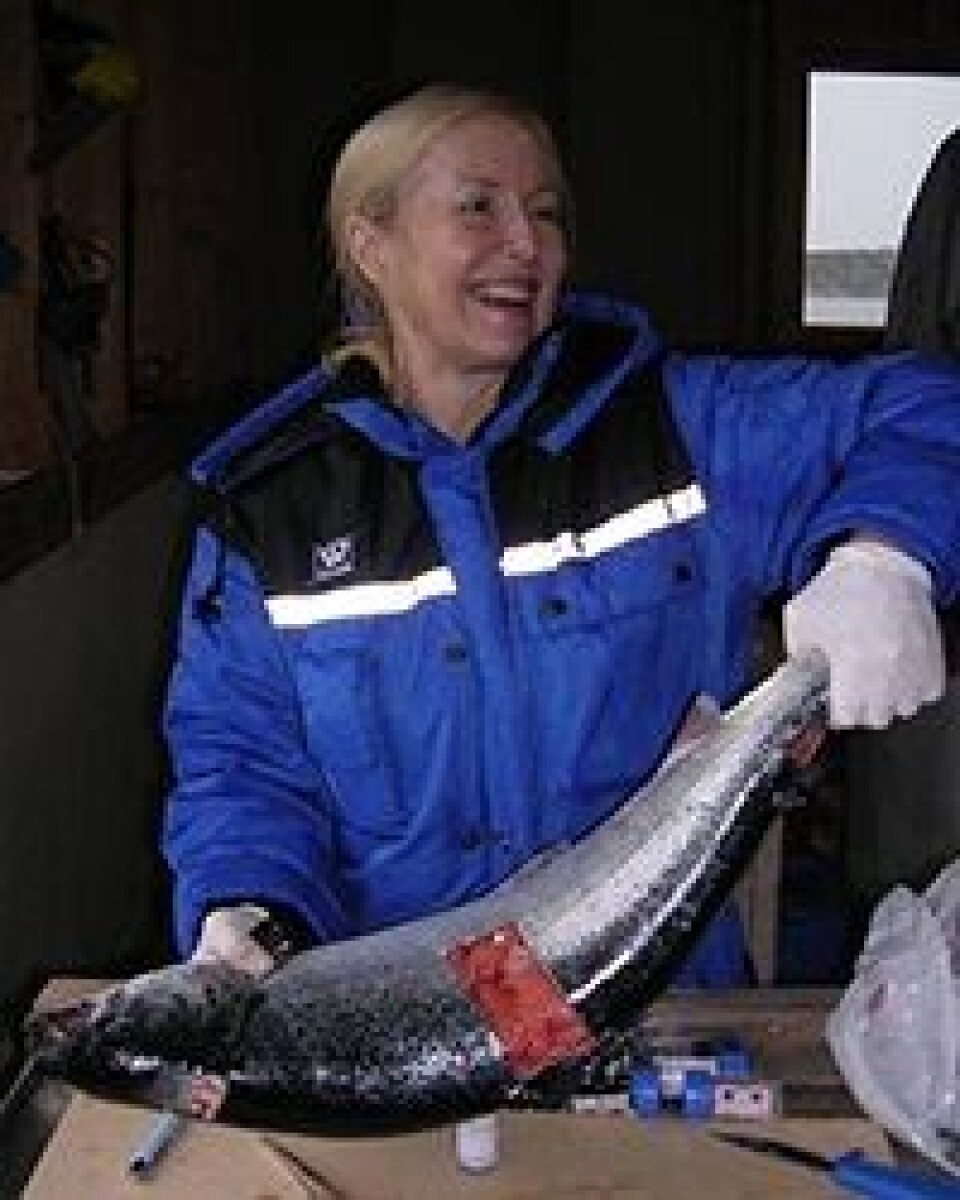
H2O2 treatment concerns
Researchers from Quantidoc AS in Norway presented new results in Edinburgh this week which showed that delousing treatments with hydrogen peroxide (H2O2) may compromise the health of fish for up to 2 weeks.
A healthy mucosa means a healthy fish, and a new technology developed University of Bergen Professor Karin Pittman is allowing researchers to investigate the mucosa-damaging effects of many common aquaculture-associated stressors.
One example is the effects of delousing treatments with hydrogen peroxide on the skin, gill and gut health of salmon.
Deemed an important tool in the integrated pest management control strategies of the parasitic salmon louse, hydrogen peroxide offers farmers a method to remove lice from their fish without chemotherapeutants (eg SLICE). And because it degrades rapidly in the environment, treatment with hydrogen peroxide is seen as a much more environmentally friendly way to treat fish.
However, exposure to an oxidizing agent can be harmful to the fish, especially the mucosal barriers of the gills, skin and gut.
Using mucosal mapping tools, researchers have determined that harmful effects caused by hydrogen peroxide include damage to the delicate gill tissue and associated mucosal layers. Moreover the research reveals that the fish need at least 2 weeks to recover to a normal state - during this time, the animals might be more susceptible to aquatic pathogens as their primary immune defence (the mucosa) is compromised.
Pittman, whose years of research on fish health resulted in the development of the technology, will accept the 2016 Global Aquaculture Innovation and Leadership Award today at the Global Aquaculture Alliance's GOAL 2016 conference in Guangzhou.




















































